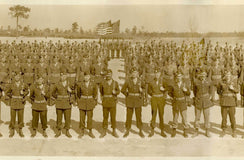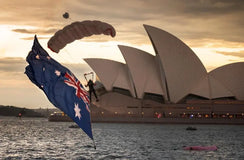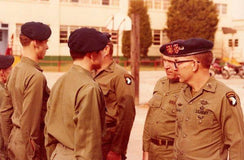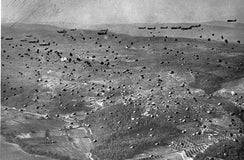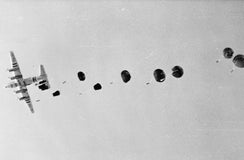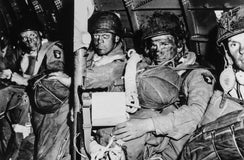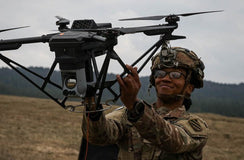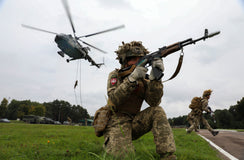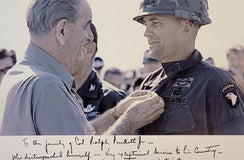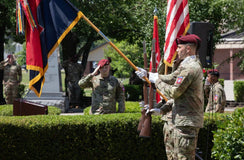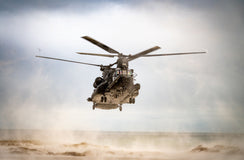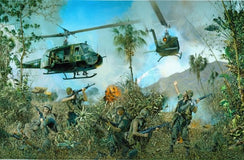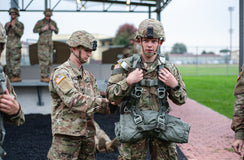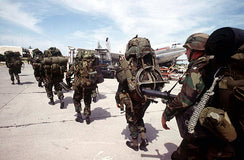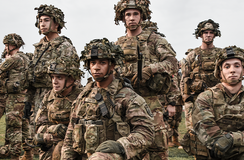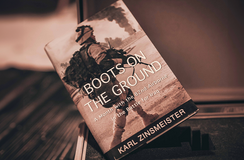Operation Alamo: 503rd Landing At Nadzab
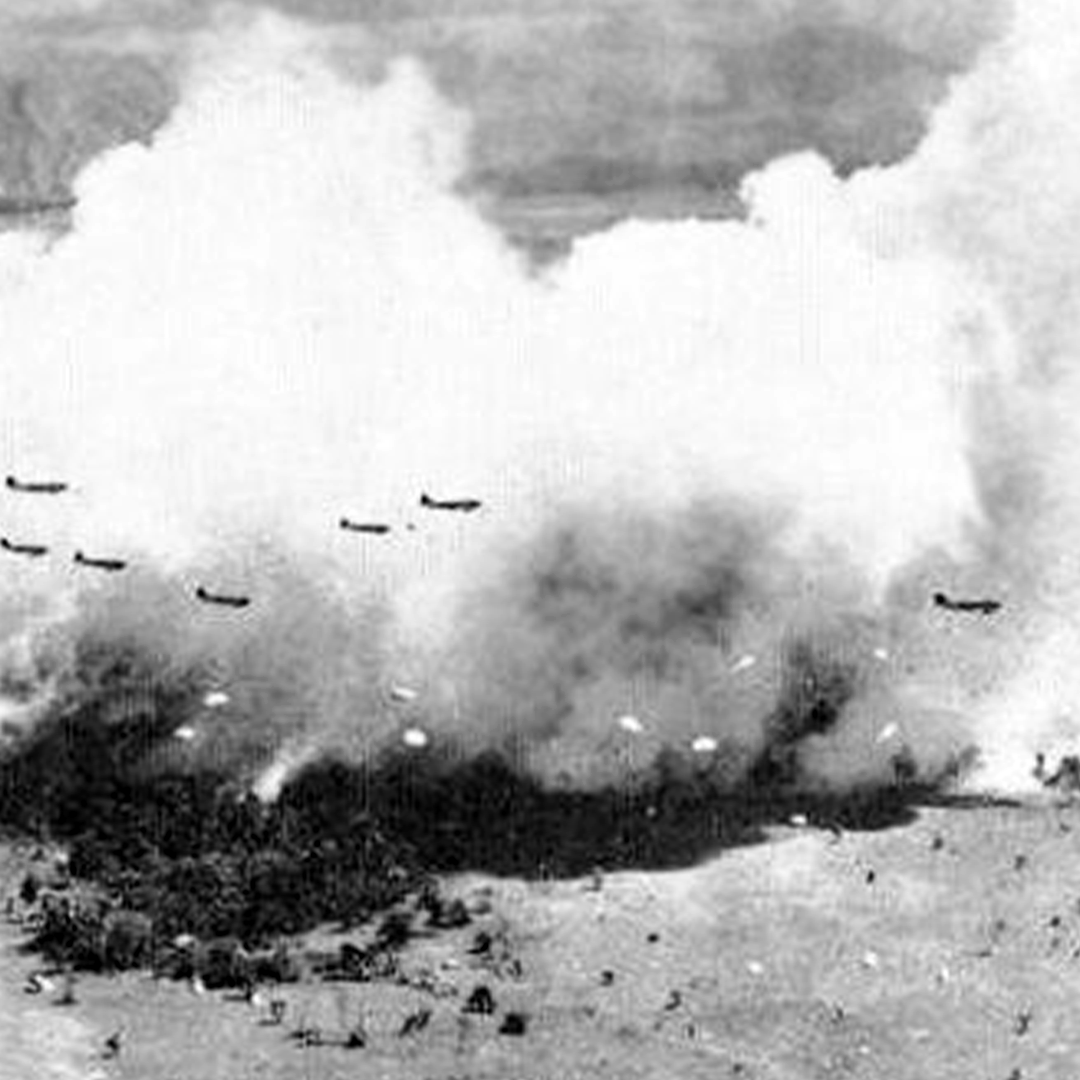
As the first American airborne unit to operate in the Pacific, Operation Alamo was carried out by a team nicknamed "The Rock."
As a successfully unopposed mission near Nadzab, New Guinea, the 503rd Parachute Infantry Regiment opened the floodgates to allow the Australian infantry forces to seize the necessary airfields for the New Guinea campaign.
Planned as a pincer attack, the mission hoped to seize the port of Lae and gain control of the airfield at Nadzab in order to be able to successfully run allied operations in Papa New Guinea.
Kicking off on September 4, 1943, the 9th Australian Division commenced an amphibious landing just east of the port of Lae. In order to back up this initial action, the 7th Australian Airborne Division then joined forces with the US 503rd to aim for Nadzab.
Since the Japanese forces' efforts were centralized on a smaller base under the attack of the allies in Salamua, the landing of Nadzab came with an element of surprise.
After a quick practice jump at the end of August, the allies patrolled the area to affirm that the jump would be welcomed and unopposed. Then, after establishing a landing zone, the allied personnel prepared a crossing for easy access to the city.
With an entire fleet of aircraft at 1,000 feet, In the Mitchell bombers at 500 feet, weather aircraft, B-17 Fortress bombers, and a whole array of Dakotas carrying paratroopers, supplies, and artillery, the 146 US fighters were called upon to protect the in-air transport.
After the airfield was secure, ten Beauforts, five Bostons, and seven P-40 Kittyhawk fighters teamed up in order to attack the Japanese, not only neutralizing their defense but distracting them from the drop of the paratroopers.
The team of the US Army’s 503rd Parachute Infantry Regiment with other elements of the Australian Army’s 2/4th Field Regiment carried out the jump at Nadzab.
Over the following days after the jump, the 25th Infantry Brigade advanced forward on the ground. Then, after meeting the Japanese at Jensen's Plantation on September 11—and thoroughly defeating them—they went on to Heath's Plantation, hoping to win the battle there.
The Japanese Army withdrew and left Lae and Salamaua, leaving it wide open to be taken and used as an Allied airbase in New Guinea.
This team-led paratrooper jump allowed the combined forces to drive out the Japanese from the area. The capture of Lae and Salamaua not only were major steps forward in their progress but also opened the door to other airborne operation ideas for the future.
As for the 503rd? After successfully teaming up with the Australians for the jump, they went on to serve throughout World War II and the Korean War, later earning the Presidential Unit Citation. Other elements of the unit also served in Vietnam, Iraq, and Afghanistan.


